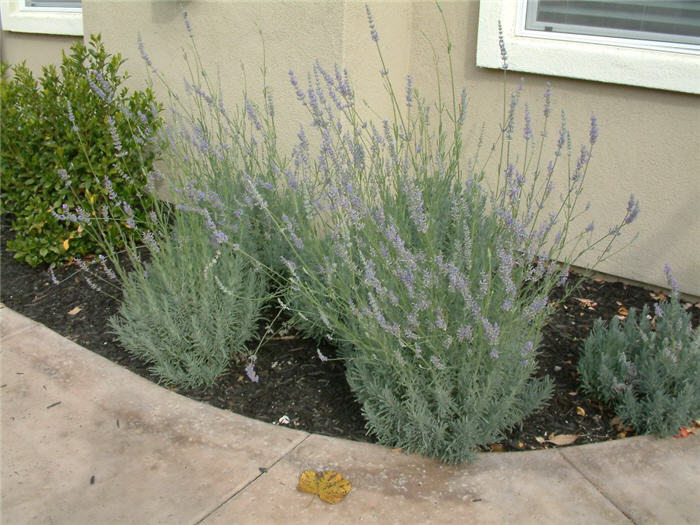| Botanical Name: Lavandula x intermedia 'Provence' | |
| Common Name: Provence French Lavender |

-
Anatomy
-
Culture
-
Design
Plant Type
Shrub, Perennial, Herb
Height Range
3-6'
Flower Color
Blue, Lavender, Purple
Flower Season
Spring, Summer, Fall
Leaf Color
Grey Green, Grey, Silver
Bark Color
Grey
Fruit Color
n/a
Fruit Season
n/a
Sun
Full
Water
Low
Growth Rate
Slow
Soil Type
Sandy, Clay, Loam, Rocky, Unparticular
Soil Condition
Average, Poor, Well-drained, Dry
Soil pH
Neutral
Adverse Factors
Attracts Bees
Design Styles
English Cottage, Formal, Japanese, Meadow, Mediterranean, Ranch, Seascape, Spanish
Accenting Features
Fragrance, Showy Flowers
Seasonal Interest
Spring, Summer, Fall
Location Uses
Entry, Perennial Border, Shrub Border, Foundation, Patio, Parking Lot, Raised Planter, Walls / Fences, With Rocks
Special Uses
Container, Cut Flowers, Filler, Hedge, Mass Planting, Fire Resistant
Attracts Wildlife
Hummingbirds, Butterflies
Photographer: GardenSoft
-
Description
-
Notes